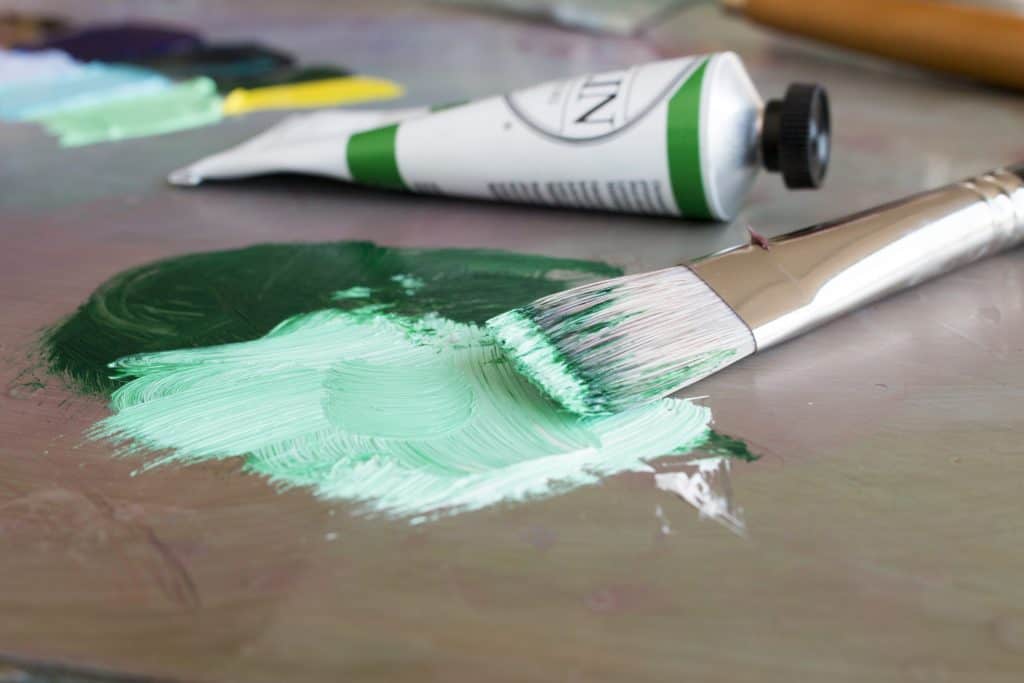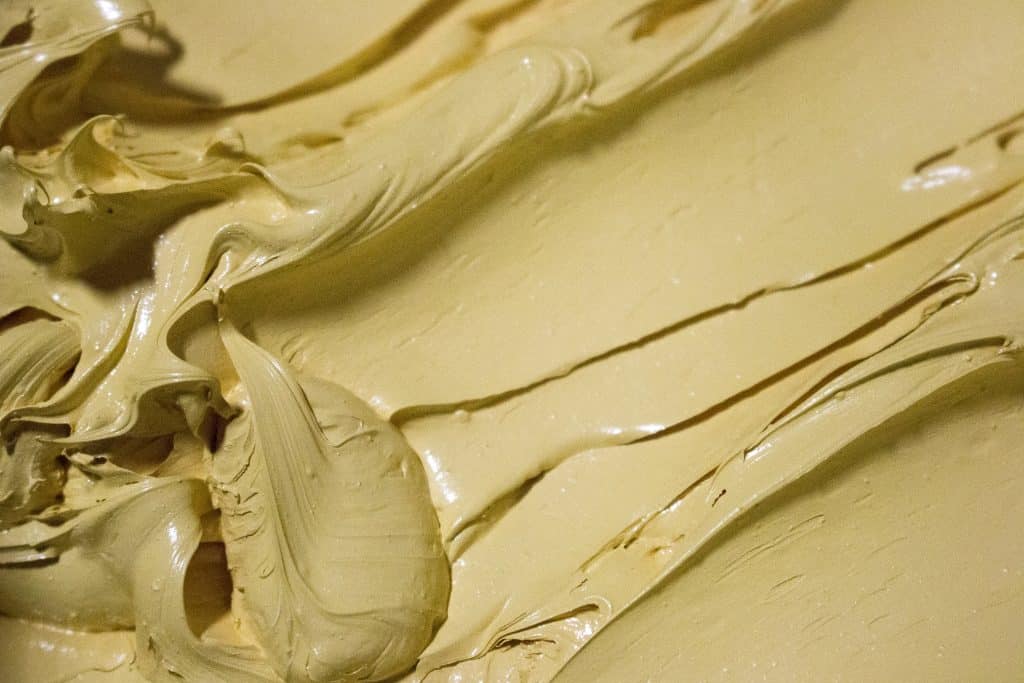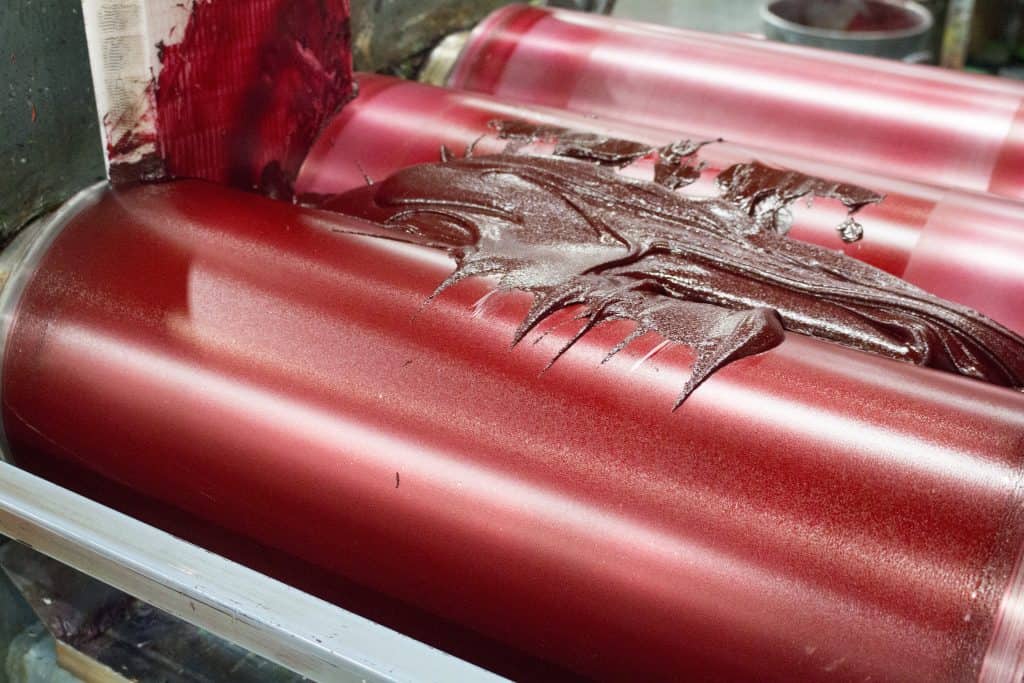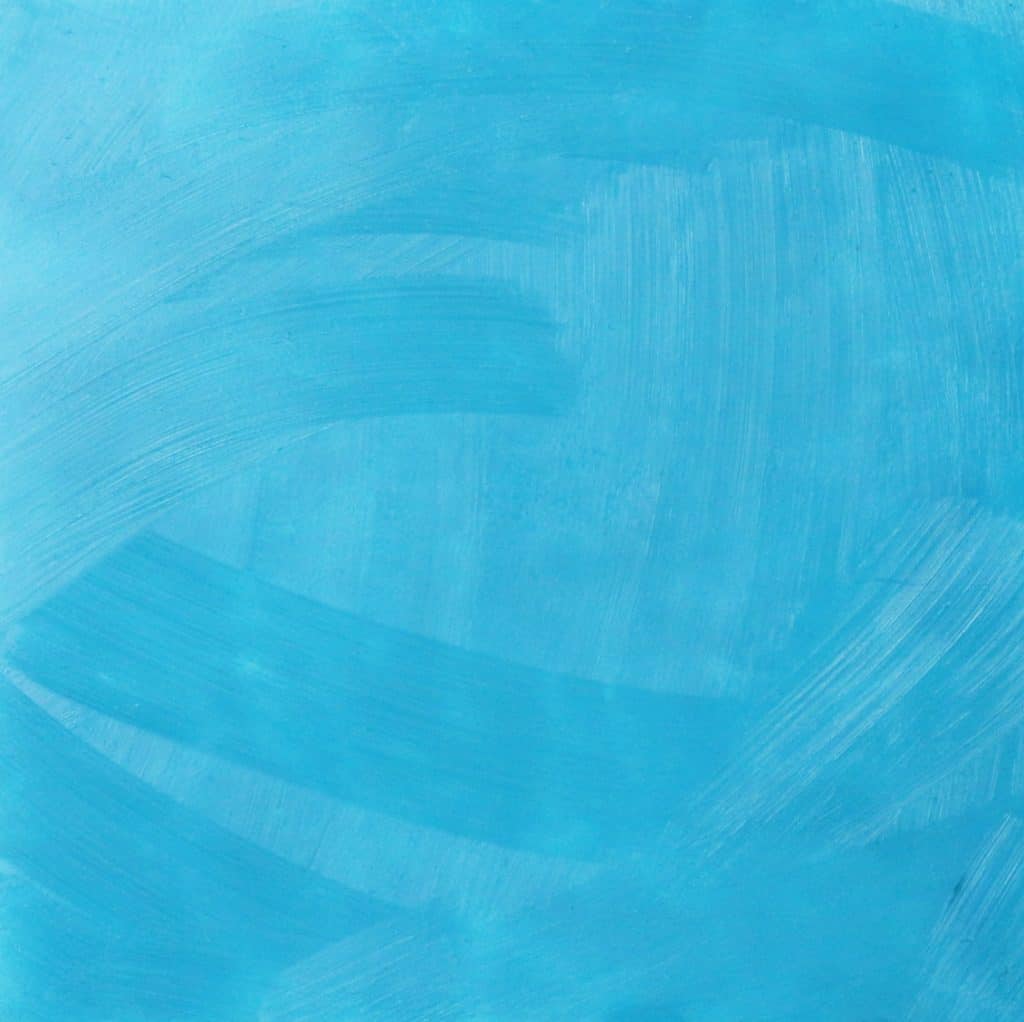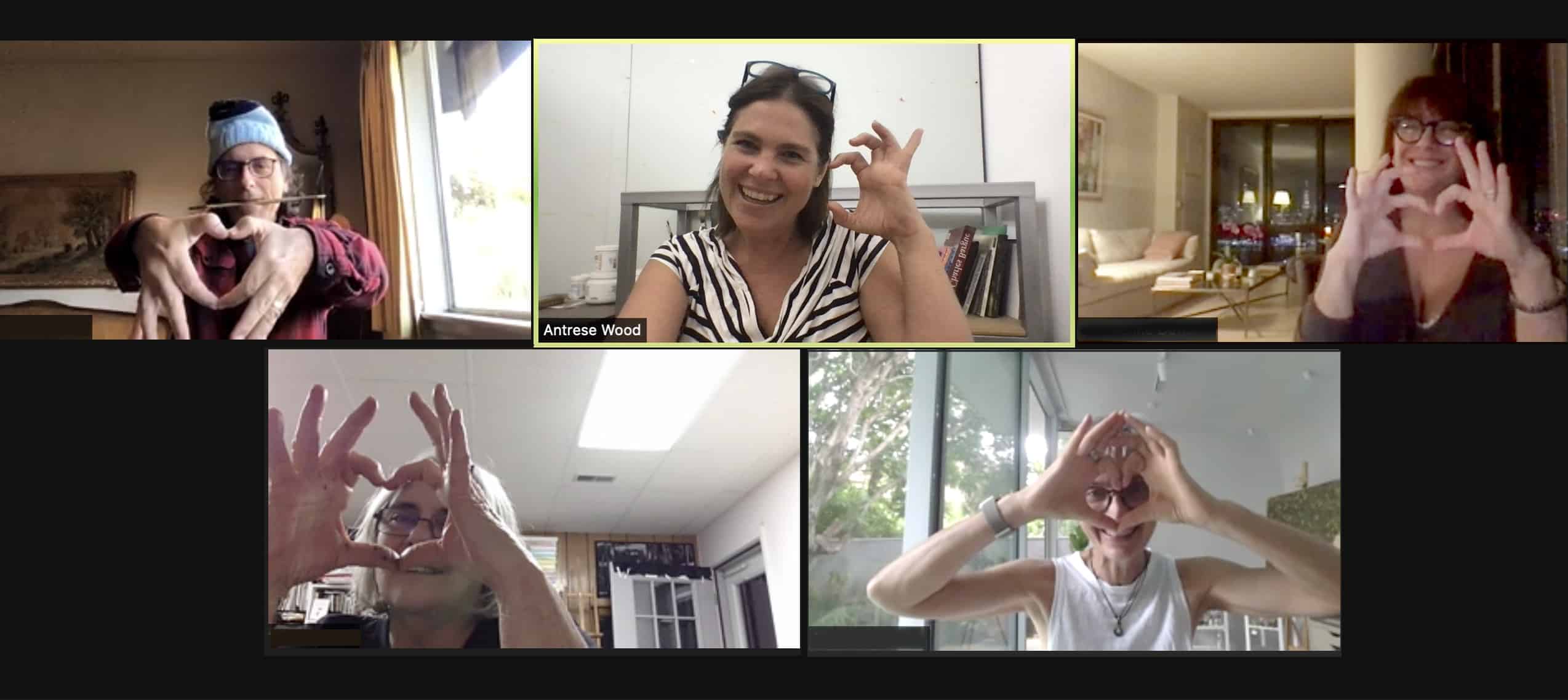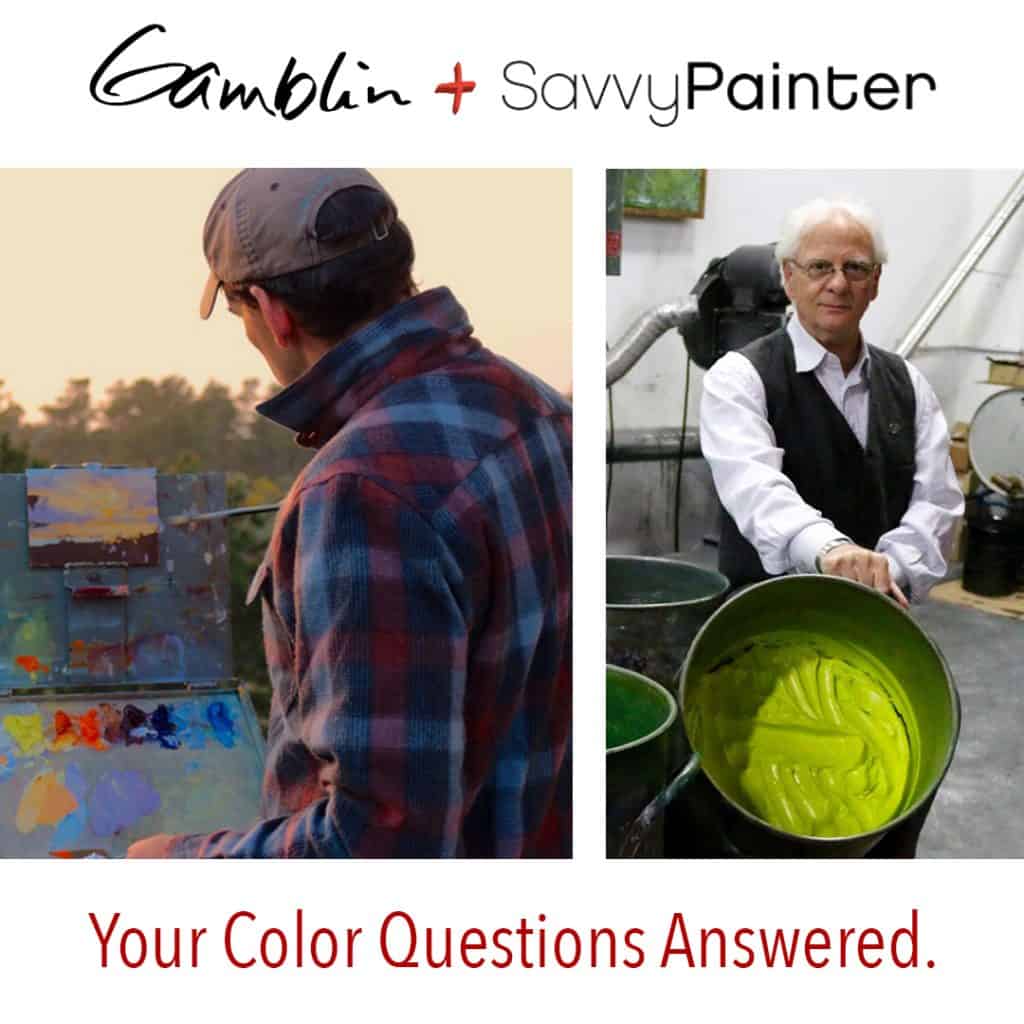
Make sure to CLICK the play button below to listen to this interview!
Have you been experimenting with your paint colors lately? Do you have questions about different colors and the best way to mix them? You are in luck! As I’ve been promising, our special color episode with Gamblin featuring Scott Gellatly and Robert Gamblin is here! In our conversation, we go over the pigments used in modern paints, the emotional content of a color, what makes student grade paints, “student grade,” the best paints to use for plein air painting, and so much more. You don’t want to miss a minute of this in-depth and fascinating conversation with Robert and Scott!
Why modern paints have more pigments.
Have you ever wondered why modern oil paints have so many more pigments than older ones you see on display in galleries and museums? What has changed with the process over the years to account for this? My guest, Robert Gamblin gives a bit of a history lesson on the production and use of colors and pigments from historical eras and why it’s so different today. I’m excited for you to get the chance to learn from Robert’s expert perspective and dig a little bit into the process and production of the paints you use day in and day out.
What is the emotional content of colors?
Did you know that colors have an emotional content? How does that impact the paint production process? Robert Gamblin says that the emotional content of a color is its primary communication. He goes on to give the example of Cadmium Red Medium, saying that it presents as a very hot and intense color, it could be used to express the feeling of rage or the intensity of a love that you can’t handle. Robert contrasts this color with Magnesium Blue Hue, which presents as a very cool color. I hope you find Robert’s explanation of the emotional content of colors as fascinating as I did!
What makes student grade paints, “Student grade?”
You’ve probably used student grade paints before, but have you ever wanted to know what makes them, “Student grade?” Do you still use student grade paints for some of your projects? My guest, Robert Gamblin took the time to explain what student grade means and how it varies from some of the other paints they offer. According to Robert, the difference between student grade and more premium paints comes down to the pigments. At Gamblin, student grade paints are made with 50% of the pigment load that is used in their artist grade paints. The remainder of the student grade paints are made up of extender pigments, other than that, the production quality and process is the same as the rest of their top quality products. What ways will you use student grade paints in the future?
The different characteristics of black oil colors.
The last time I had the chance to speak with Robert, we talked about the different characteristics of white oil colors. This time around, Scott goes over the characteristics and uses of Gamblin’s black oil colors. He starts off talking about the most commonly used black, Ivory Black which is made of burnt bone. Ivory Black is so common because it is an all-around good mixing black color. Scott then goes on to explain how Mars Black differs from Ivory Black because of its opaque nature. Mars Black is best used when you want to utilize black as a color in your paintings because of its strength. Scott has so much to say about all the different blacks and how to best use them, I hope you enjoy his expert perspective!
Outline of This Episode
- [0:15] I introduce my guests, Robert Gamblin and Scott Gellatly.
- [3:00] Why do modern oil paints have more pigments than older ones?
- [6:00] What is Gamblin’s guide to color making?
- [8:30] Robert talks about the emotional content of a color.
- [10:30] Are there paints out there that painters often misuse?
- [15:00] The difference between modern pigments and mineral pigments.
- [20:00] Robert talks about Gamblin’s color palette.
- [24:00] What are “lake” colors?
- [26:00] What is a hue and what hues does Gamblin feature?
- [29:00] What makes student grade paints, “student grade?”
- [34:30] What is the best medium to use prevent “dead spots” in my painting?
- [40:30] Are there plans in works to expand more skin tone colors?
- [49:00] Common mistakes to avoid when putting together a personal palette.
- [52:00] What are the different characteristics of Gamblin’s black oil colors?
- [59:00] What are the best paints to use for plein air painting?
- [1:04:30] A question about creating a palette and the relationship between pigments.
- [1:08:00] What are Scott’s “Secret Weapon” colors.
- [1:10:30] Robert talks about his trip to Greenland and his work painting icebergs.
- [1:15:00] What is a good white for glazing?
- [1:17:00] How are transparent earth colors different from ochres, umbers, and siennas?
- [1:19:30] Why are cadmium and cobalt colors so expensive and are they really worth it?
- [1:22:30] What are some of the best colors for blocking out a painting in the beginning?
[player]
This episode sponsored by:
Other artists mentioned on this episode
Resources Mentioned on this episode
- My Previous Episode Featuring Gamblin
- http://www.gamblincolors.com/bonus
- The History of Color in Painting
- www.instagram.com/gamblincolors
- https://twitter.com/Gamblin_Colors
Connect With Antrese
Images
